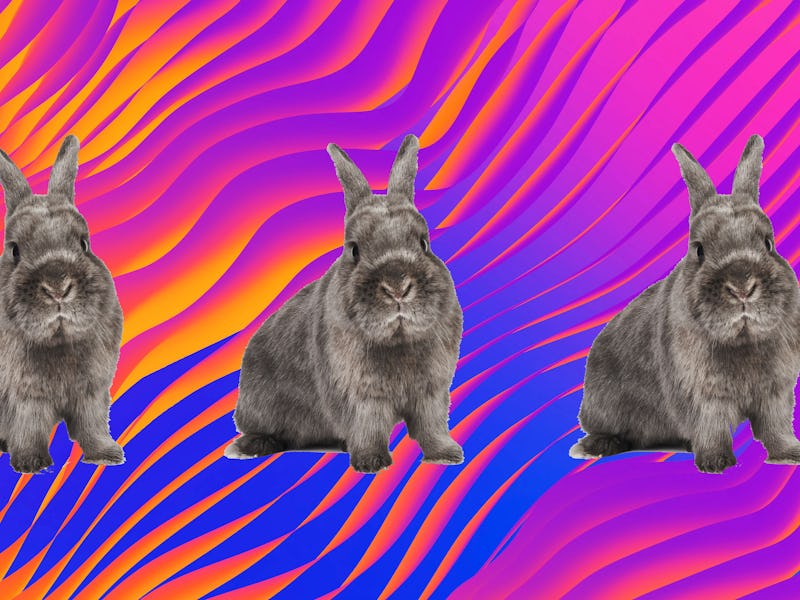How copulating rabbits helped reveal the evolutionary roots of female orgasms
A rabbit called Frank and his female partners co-wrote a new chapter in the history of orgasms.

Thanks to the sexual exploits of a rabbit named Frank, we got one step closer to solving a mystery that has long-stymied scientists: the ancient, evolutionary history of the peak of sexual pleasure — the orgasm.
In a study published in September 2019, scientists revealed that the roots of the orgasm run deep in the brain and stretch back thousands of years in animals’ evolutionary history. It appears the orgasm evolved as a kind of tool to help species reproduce. In humans it no longer serves that purpose — but the study also hints at why orgasms became more about pleasure than utility, at least in our species.
This is #13 on Inverse’s list of the 25 Most WTF science stories of 2019.
The human orgasm has deep evolutionary roots in the brain, a September 2019*PNAS* study suggests.
The study builds upon the Ovulation Homolog Theory, which suggests that the orgasm first evolved as a mechanism to trigger ovaries into releasing eggs. It’s true that in some animals like rabbits or camels, sex does spur ovulation. Orgasms, so the theory goes, open the floodgates.
To test the theory in rabbits, researchers injected the creatures with an antidepressant that can also prevent orgasms. Ovulation was reduced by 30 percent. But when they injected them with a hormone intended to prevent ovulation without affecting the brain, they found that ovulation decreased by only 8 percent.
The results suggest that, if rabbits orgasm, those orgasms were related to the ovulation, and that the brain plays a crucial role in the process.
Now, humans are not rabbits. Women ovulate on a monthly cycle, whether they have sex or not. Somewhere along the evolutionary line, human orgasms stopped serving the ancestral function still apparent in rabbits.
Instead of triggering ovulation, the human female orgasm may serve another function outside the realm of sexual pleasure, allowing it to persist, the researchers argued.
“My guess is that in social animals, where copulation partners are around all the time, natural selection reduced female fertility to avoid overpopulation and thus degradation of the local environment,” senior study author Günter Wagner told Inverse at the time.
“The question now is: “what is that non-reproductive functional role of female orgasm?” We do not have answers for that yet,” Wagner said.
As 2019 draws to a close, Inverse is counting down the 25 science stories from this year that made us say “WTF.” Some are incredible, some are icky, and some are just plain strange. This has been #13. Read the original article here.